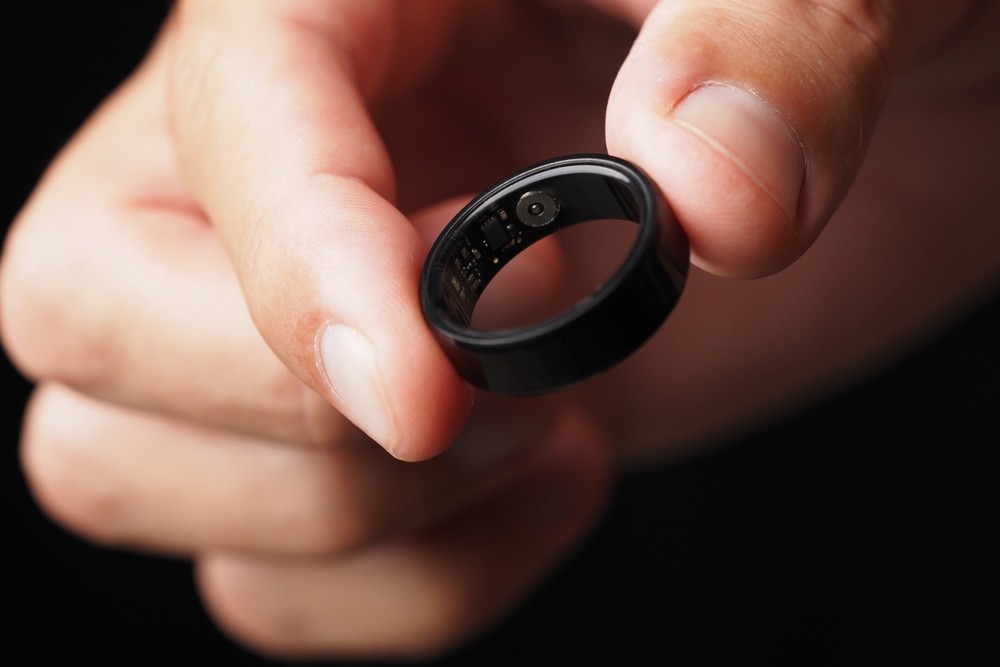Smart rings are one of the most innovative devices in the fitness and wellness sector. These sleek and discreet gadgets are designed to monitor a variety of health metrics, providing users with valuable insights into their daily activities and well-being. For consumers looking to save money or make informed purchasing decisions, understanding the features, benefits, and potential drawbacks of smart rings is essential.
What Are Smart Rings?
Smart rings are technologically advanced wearable devices that resemble standard rings but are embedded with sensors and components capable of tracking various health metrics. Unlike smartwatches or fitness bands, smart rings offer a less intrusive means of monitoring personal health data. They can be worn around the clock without causing discomfort, making them ideal for continuous data collection.
The Features of Smart Rings
The primary allure of smart rings lies in their ability to monitor diverse health and fitness metrics efficiently. Some of the key features include:
- Heart Rate Monitoring: Many smart rings come equipped with photoplethysmography (PPG) sensors that measure your heart rate. Real-time heart rate monitoring can provide insights into your cardiovascular health, stress levels, and fitness intensity.
- Sleep Tracking: Quality of sleep is pivotal for wellness. Smart rings often track sleep duration, stages (REM, light, and deep sleep), and disturbances. This data can guide users towards improving sleep habits for better health and enhanced productivity.
- Activity Tracking: From counting steps to measuring distance and calorie expenditure, smart rings effectively monitor various aspects of physical activity. This feature helps users set fitness goals and track progress over time.
- Temperature Monitoring: Some advanced smart rings include skin temperature sensors to provide insights into fluctuations that could indicate changes in health status, such as fever or ovulation cycles.
- Blood Oxygen Levels: Known as SpO2 monitoring, this feature measures the percentage of oxygen-saturated hemoglobin in the blood, an essential metric for detecting respiratory issues and optimizing physical performance.
- Stress and Mood Tracking: By analyzing heart rate variability (HRV) and other biometric data, certain smart rings can assess stress levels, helping users manage their mental well-being more effectively.
- Integration with Other Devices: Smart rings can often pair with smartphones and apps, allowing for seamless data synchronization and enhanced analysis capabilities via dedicated platforms.
The Benefits of Using Smart Rings
Smart rings offer numerous benefits that contribute to their growing popularity amongst tech-savvy health enthusiasts:
- Discreetness and Comfort: Their compact, ring-like design makes them less noticeable and more comfortable for continuous wear compared to bulkier wearables.
- Round-the-Clock Monitoring: Owing to their minimalistic design and extended battery life, smart rings can provide uninterrupted health tracking, capturing valuable data even while you sleep.
- Convenience: Users can easily access real-time data and insights right from their fingertips, streamlining the process of staying informed about personal health metrics.
- Encouragement of Healthy Habits: By providing regular feedback on various health metrics, smart rings can motivate users to adopt healthier lifestyles, fostering consistent exercise, adequate rest, and better stress management.
Making an Informed Purchasing Decision
When considering buying a smart ring, key factors should be evaluated to ensure that you make a choice that aligns with your personal health goals and budgetary constraints.
Consider Your Primary Needs
Determine the specific health metrics that matter most to you. If you’re primarily interested in fitness, focus on options with robust activity-tracking features. If you’re keen on improving your sleep, prioritize rings with advanced sleep metrics. Understanding your priorities will help narrow down your choices.
Evaluate Compatibility
Check if the smart ring is compatible with your current smartphone and health tracking apps. Compatibility ensures seamless data integration and maximizes the ring’s utility. Some brands offer proprietary apps with detailed analytics, while others may integrate with popular health platforms like Apple Health or Google Fit.
Assess Battery Life
Battery life is crucial for uninterrupted monitoring. Consider smart rings that offer a substantial battery life, ideally requiring recharging only once a week or less. This feature enhances convenience, allowing users to focus on data usage rather than frequent recharges.
Budget Considerations
Smart rings are available in a range of prices. It’s essential to balance cost with desired features. While premium models might offer more advanced capabilities, there are plenty of budget-friendly options that excel in essential functions. Establishing a budget beforehand can help filter options without sacrificing key features.
User Reviews and Ratings
Researching user reviews and ratings can provide insights into the user experience and reliability of different smart ring models. Pay attention to feedback on device accuracy, durability, customer support, and satisfaction. Real-world experiences can reveal potential strengths and weaknesses not evident at first glance.
Brand Reputation
Established brands with a track record of quality products and positive customer service should be given consideration. Brand reputation can often be a proxy for device reliability and performance. However, newer brands offering innovative features should not be dismissed if they meet your requirements.
The Limitations and Considerations
While smart rings present numerous advantages, potential buyers should also be aware of certain limitations:
- Accuracy Concerns: Although technology is consistently improving, some users may find occasional discrepancies in data accuracy, particularly in heart rate and activity tracking.
- Limited Display Options: Unlike smartwatches, smart rings do not typically feature large displays. This means data access is more reliant on paired apps.
- Privacy and Data Security: As with any connected device, there are concerns related to data privacy and security. Understanding the company’s data policies and opting for devices with robust encryption is advisable.
- Not a Substitute for Medical Advice: It’s crucial to acknowledge that while smart rings provide valuable insights, they are not substitutes for professional medical advice and diagnosis.
Smart rings represent a significant leap forward in personal health and wellness monitoring. They offer an unparalleled combination of convenience, discreetness, and advanced technology, making them an attractive option for individuals eager to enhance their fitness and wellness routines. By understanding the functionality, benefits, and limitations of smart rings, consumers can make informed buying decisions that align with their health goals and lifestyle preferences. As technology continues to advance, the role of smart rings in promoting healthier living is likely to become even more integral.



